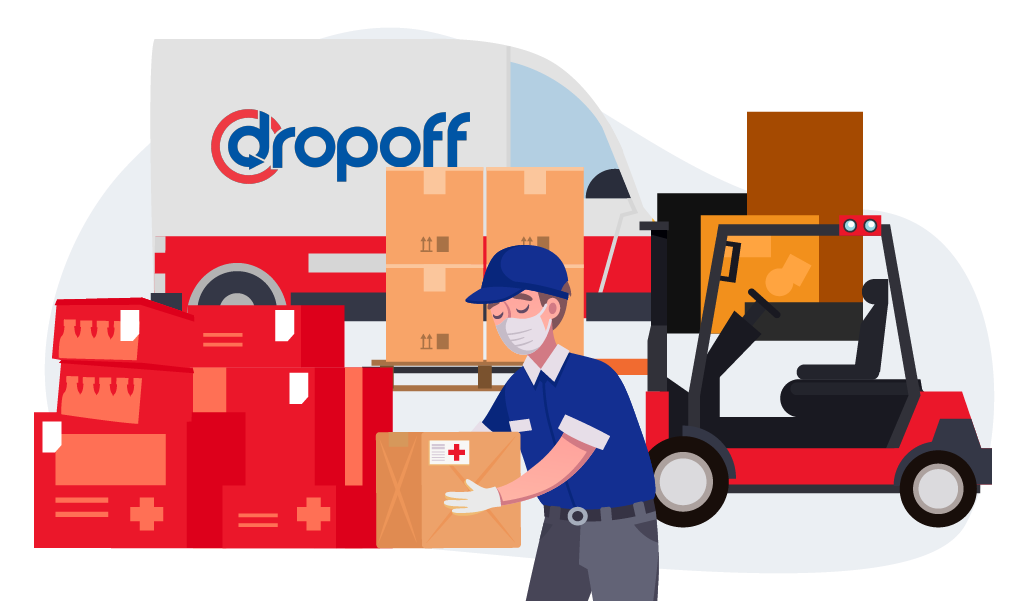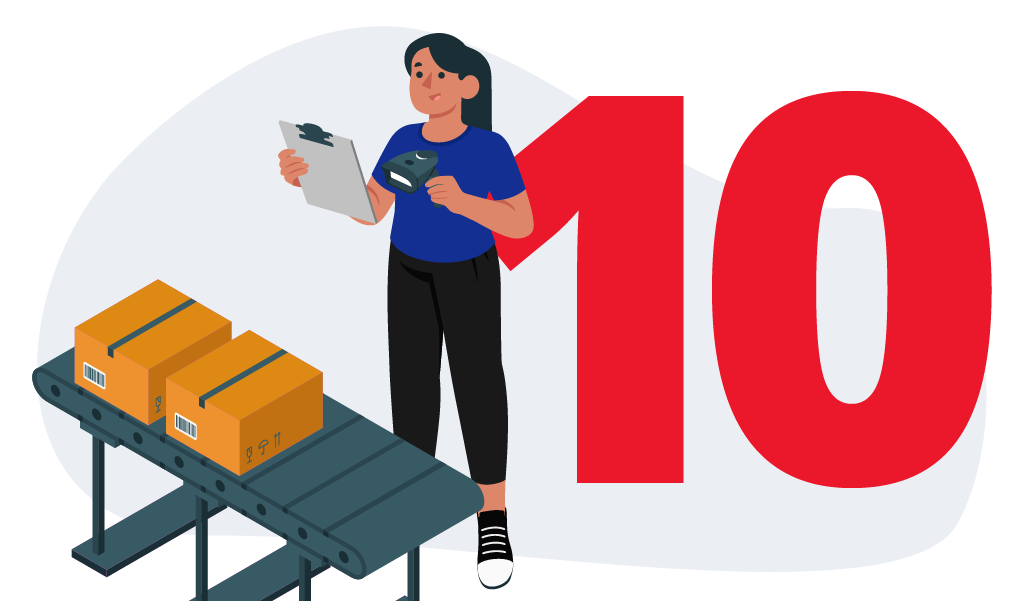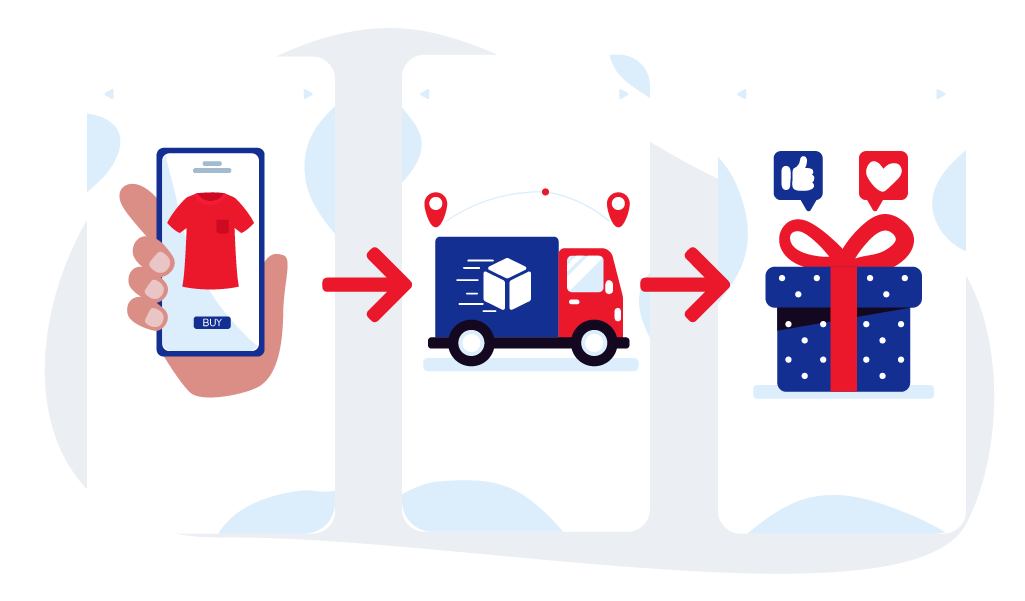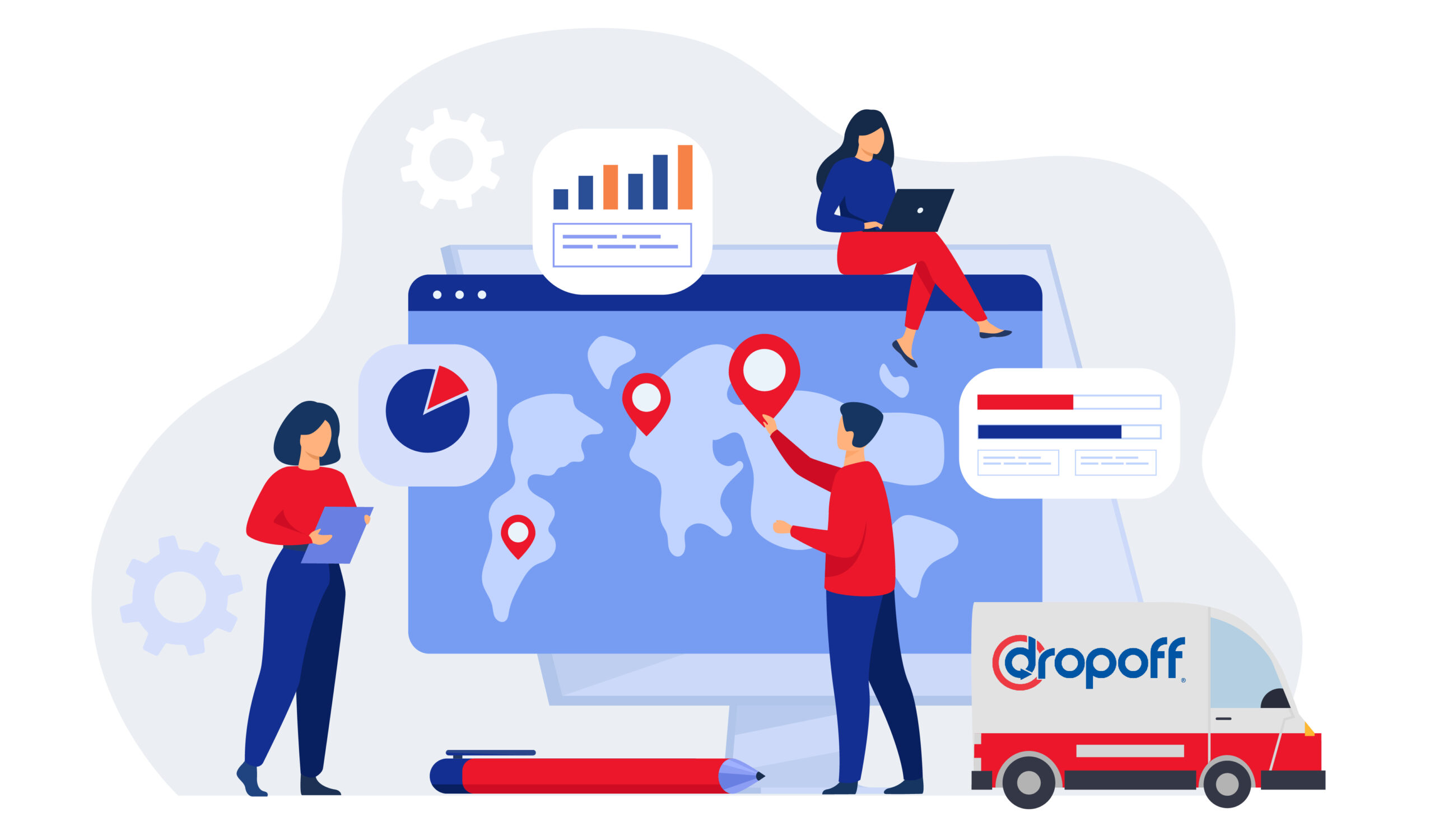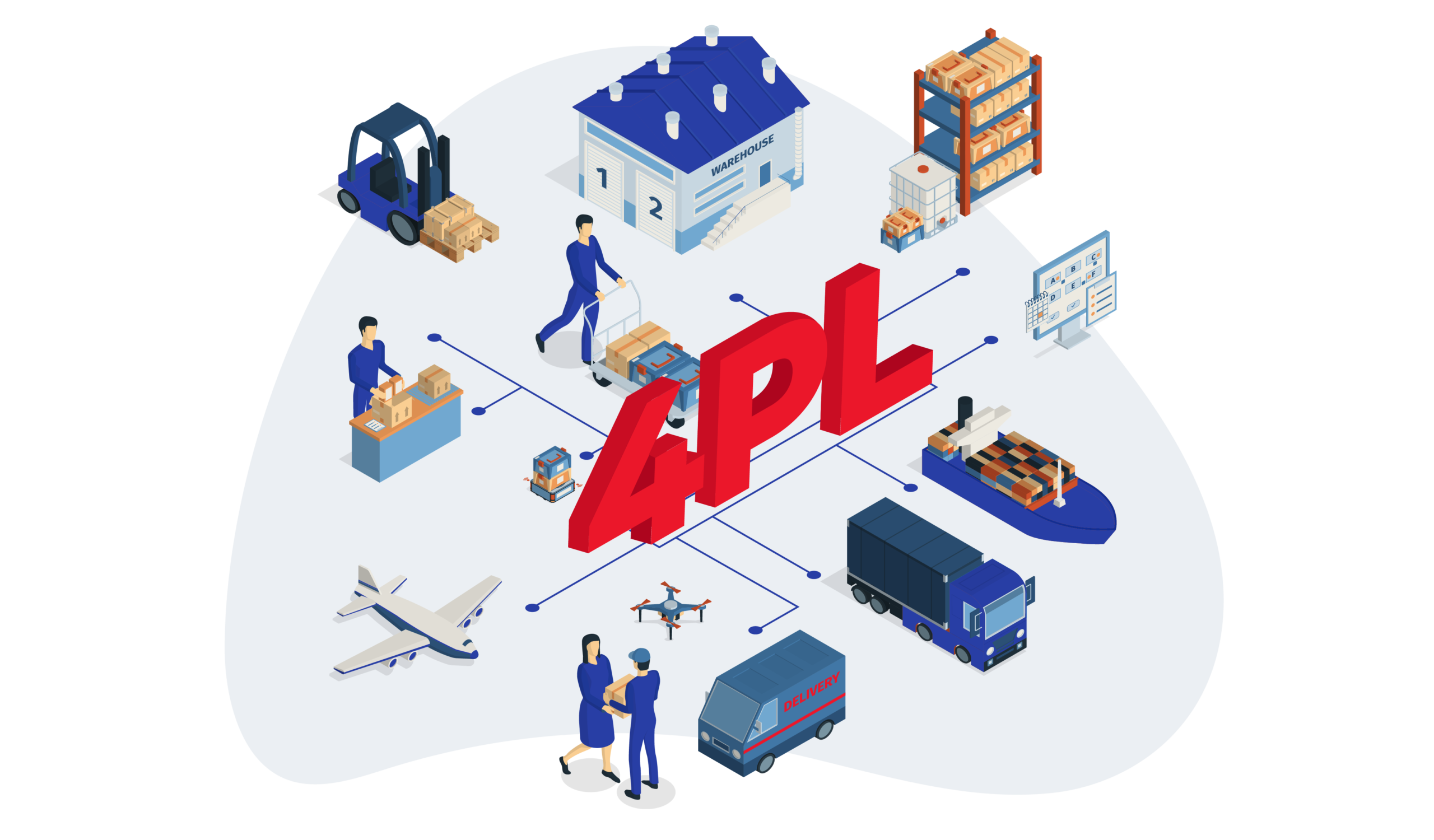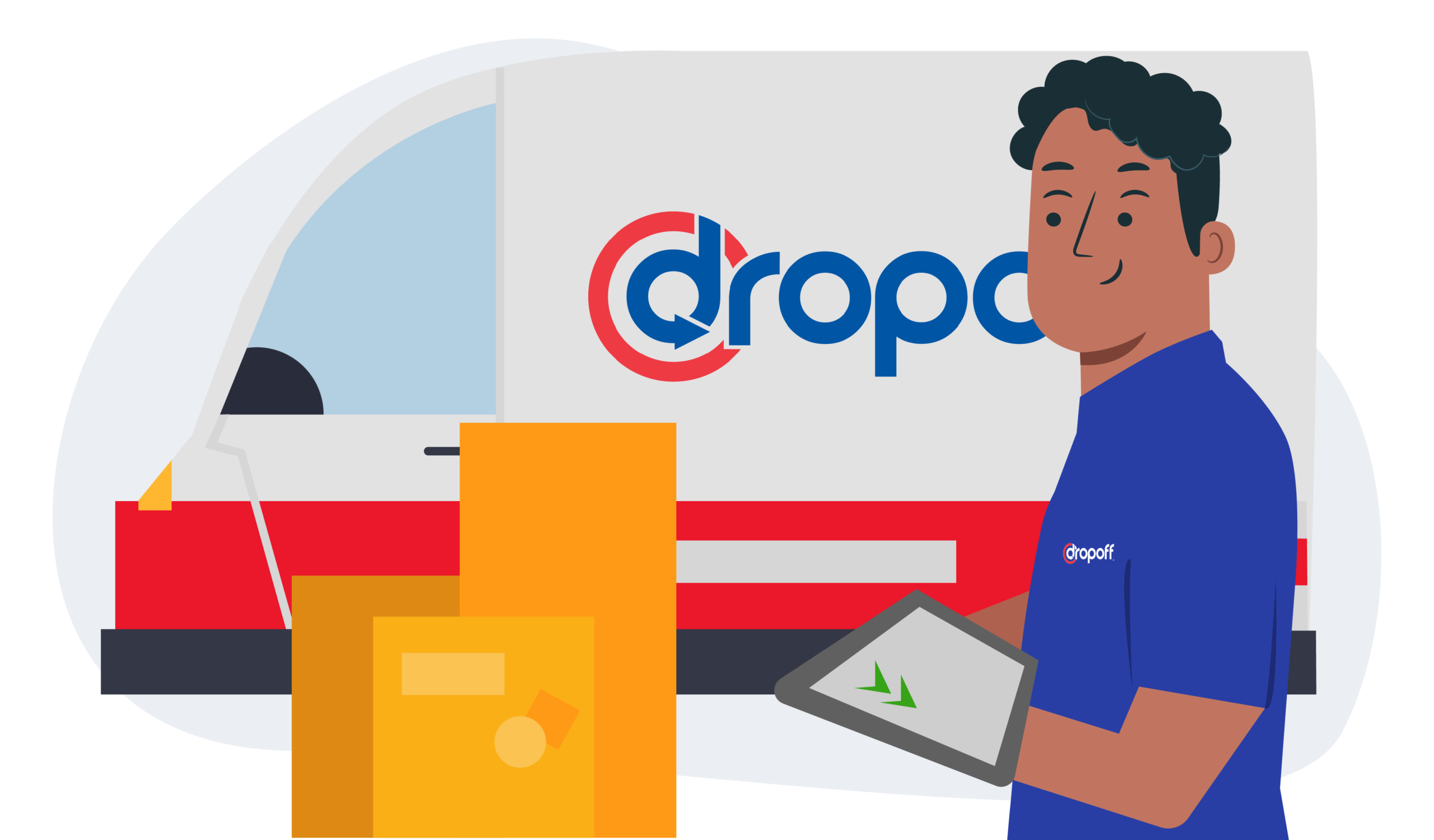5 Ways To Minimize Delivery Rate Increases

It’s no secret that the cost of shipping continues to rise. The price of shipping goods by road and rail in the United States increased by 23% last year compared to 2020. Many companies are forced to raise fees to offset these delivery rate increases.
But what if we told you there are ways to minimize these delivery costs and keep your customers happy?
Here are five tips to help you do just that.
An Overview of Delivery Rate Increases 2022
We can expect delivery rates to go up again in 2023. FedEx and UPS have announced that they will raise prices by 6.9% next year after increasing rates by 5.9% this year. This is the first time in eight years that either company has had an annual increase above 4.9%.
As we enter 2022’s Christmas shopping season, many logistics providers announced higher delivery fees. It is no surprise, as demand for goods and services is typically higher during this time of year.
USPS again requests a temporary price increase on certain mail services for the holiday season. The price increases will range from 25 cents to $6 per package and will go into effect on October 2, 2022, for anyone sending Priority Mail, Priority Mail Express, and First-Class Package Service. The price hike will last through January 22, 2023.
FedEx Express, FedEx Ground, FedEx Ground® Economy, and FedEx Freight rates all increased in January 2022. In addition, there were changes to shipping surcharges and fees that affected your total shipping rate.
In early 2022, UPS announced that the Air Fuel Surcharge would continue to be based on the National Average U.S. Gulf Coast Jet Fuel Price and adjusted weekly. The Ground Fuel Surcharge will continue to be based on the National U.S. Average On-Highway Diesel Fuel Price and will be changed weekly.
Check out our guide on efficient logistics planning.
5 Ways to Minimize Delivery Rate Increases

Before we get into the different ways to minimize delivery fee increases, let’s break down the factors that affect delivery costs.
Factors that affect the delivery fee:
- Size and weight of goods
- Dimensional weight
- Delivery distance
- Taxes and duties
- Delivery times
- Surcharges
1. Place Your Inventory Closer to Customers
Anyone who’s ever ordered something online knows that the delivery process is a guessing game. Will my package arrive on time? And if it’s coming from halfway across the country, how much will it cost to get it here? For eCommerce businesses, these questions are crucial because the delivery cost directly impacts the bottom line.
One way to minimize delivery costs is to place inventory closer to customers. Businesses reduce transit times and offset delivery costs by distributing products to multiple warehouses.
Additionally, focusing marketing efforts on areas near existing warehouses will help to attract new customers and grow the business.
For large eCommerce enterprises, a zone-skipping strategy may be the best option. It involves moving packages by bulk freight to a post office near their final destinations.
2. Reduce Package Weight and Dimensions
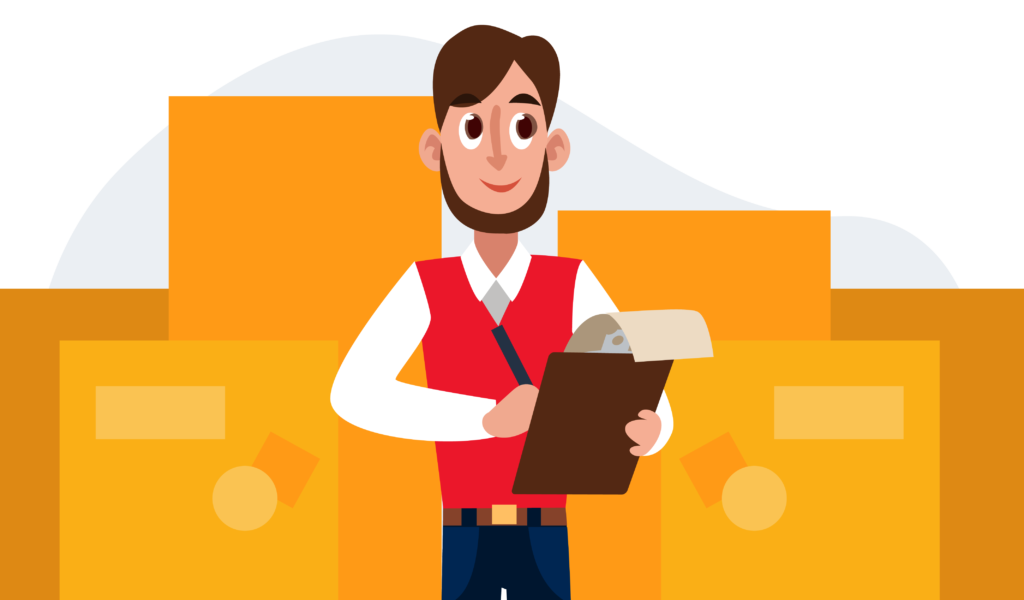
When it comes to delivering packages to customers, weight is money. The heavier the actual or dimensional weight, the more it will cost to deliver.
Suppose you’re considering two different box sizes from a packaging supplier. One box is strong and lightweight, and it costs $4 each. The other box is heavy and bulky, but it only costs $3.50 each. Before you choose the less expensive option, you need to consider how it will impact your package’s overall weight and dimensions.
To illustrate this point, let’s look at USPS’s 2022 Christmas rate hikes. A box that weighs exactly 10 pounds will cost 30 cents more than usual. But a box that weighs 10 pounds and 1 ounce headed to the same address would cost 95 cents more. So just 1 ounce of extra packaging could increase the delivery cost by 65 cents.
As you can see, when it comes to delivering packages, every ounce counts. That’s why it’s so important to choose packaging that will minimize the weight and dimensions of your final product.
Some ways to reduce package weight include:
- Use corrugated packaging: Corrugated boxes are more robust and lighter than regular cardboard boxes. They have rows of tiny air-filled grooves between the inner and outer layers of the box.
- Use lightweight packing material: Air pillows, packing paper, bubble wrap, foam inserts, Versa Pak wadding rolls, and excelsior.
- Customize your own packaging: The less packing material you use, the better. If your container is the right size and shape for your product, you won’t need to use as much packing material. If you have a product that sells in high volume, it might be worth it to spend money on a custom container.
Choose the Right-Sized Packaging
It’s easy to save money on packaging without skimping quality or protection. If you’re paying for your packaging, some research could save you money.
Many carriers give away free packaging. For example, USPS offers packaging of various sizes for free when you pay for shipping under specific mail classes. UPS and DHL Express also offer free packaging.
Whether you’re getting your packaging for free or ordering custom packaging, knowing what types and sizes of packages you use most often will also save you money. Customizing your packaging to fit your product better will reduce wasted space and material, saving you money in the long run.
3. Use Flat-Rate Shipping
With shipping costs on the rise, online brands are constantly looking for ways to minimize delivery costs. One way is by using flat-rate shipping.
Flat-rate shipping means the cost is a single rate, regardless of the item’s weight, shape, or size—a great way to save on delivery costs, especially if you have many things to deliver.
Another benefit of flat-rate shipping is that it helps to convert variable costs into fixed costs. So if you know you need to deliver ten items, you can budget for the exact amount it will cost in advance.
Create flat shipping rates for specific order sizes or weights. For example, you could set a flat rate of $5 for orders under $50 and another flat rate of $3 for orders over $50. This gives you more control over what your customers are charged at checkout.
4. Offer Last-Mile Local Delivery and Pickup
A recent trend coming out of the COVID-19 pandemic is people shopping through local, independent businesses.
As an online store, local last-mile delivery lets customers buy your products online and have you deliver them to their homes. You could also allow customers to come and pick up their online orders from your store.
Local delivery and pickup are alternatives to delivery with a third-party logistics provider and will save you money. Not only that, but customers often prefer these methods because they want to avoid busy delivery hubs and get their purchases more quickly.
Offering local delivery helps you:
- Connect with the local community
- Enhance the customer experience
- Increase sales and revenue
Here is everything you need to know about in-house fleet management.
5. Compare the Rates Between Carriers
Most businesses don’t realize that they can haggle with their delivery providers. Logistics companies usually give better rates to customers delivering higher volumes. Simply put, the more you ship, the cheaper per package.
You should become familiar with your package’s dimensions, weight, and where it’s coming from and going. This way, you have some negotiating power when you talk to different providers. Some delivery services also offer eCommerce payment processing deals, so it’s worth inquiring about them.
In short, don’t just settle for the first delivery company you come across. A little bit of research and haggling could save you a lot of money in the long run.
How to Prepare for Delivery Price Increases

To prepare for delivery fee increases, you must look at what your current shipping strategy uses for pricing: free, flat-rate, or calculated shipping rates.
1. Free Shipping
If you offer free shipping:
- Do nothing: Keep giving free shipping; you will have to pay the new, higher shipping cost yourself.
- Raise your products’ prices: If you raise your product prices to cover the extra cost of shipping, your margins will stay the same. But some customers may notice the price increase, which could make them buy from you less often.
- Offer free shipping minimums: An excellent way to make people spend more money is to have a free shipping minimum. So if people want their order to be shipped for free, they need to pay a certain amount.
2. Flat-Rate Shipping
If you offer flat-rate shipping:
- Do nothing: Keep offering flat-rate shipping; you will need to pay for the extra cost when the rates go up.
- Adjust your order value ranges: You do not have to charge the exact shipping price every time. Charge more for smaller orders and less for larger orders. If you already charge different fees for shipping, you may change the ranges to match the new, higher shipping cost.
- Raise your products’ prices: If you keep your shipping price the same and increase your product prices, you will make the same amount per product.
- Raise your flat-rate shipping price: If you increase the shipping cost, it may have the same effect as if you raised your product prices. You will probably see this in the number of people who abandon their carts. One of the most common reasons people do not finish buying something is because of shipping costs.
3. Calculated Shipping
If you offer calculated shipping:
- Do nothing: You need to remember that shipping costs are one of the main reasons people do not finish their purchases or abandon their carts. If shipping costs go up, more people might leave their carts.
- Lower your products’ prices: If you lower your product prices, your shipping rates will automatically decrease too. This could help keep costs the same for customers. But before doing so, make sure it makes sense for your business. For example, if you have a premium product, you want people to know that it is high quality and worth the price.
How Dropoff Can Help
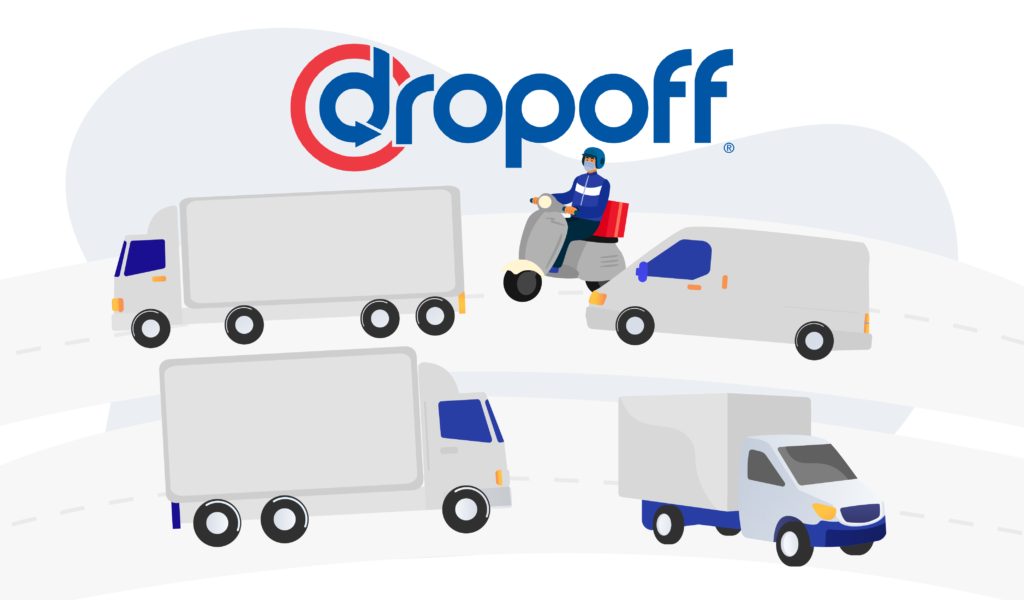
At Dropoff, we understand that the success of your business depends on the efficiency of your delivery operations. That’s why we offer a wide range of delivery and logistical services to meet your needs.
Whether you need occasional deliveries or are dependent on logistics, we want to ensure your day-to-day operations run smoothly. We adapt to your unique needs and scale to meet the demands of your growing business.
Our highly competitive rates ensure you get the best possible value for your money.
If you’re unhappy with delivery rate increases announced by your current logistics provider or simply looking for a better way to manage your deliveries, talk with a Dropoff expert today.
FAQs on Delivery Price Increases
Here are a few ways to minimize delivery rate increases:
– Place your inventory closer to customers
– Reduce package weight and dimensions
– Use flat-rate shipping
– Offer local delivery and pickup
– Compare the rates between carriers
The high cost of delivery charges is a result of several factors, including the rising price of fuel, labor costs, and the cost of packaging material. Remember that delivery companies are simply trying to recoup their expenses.

